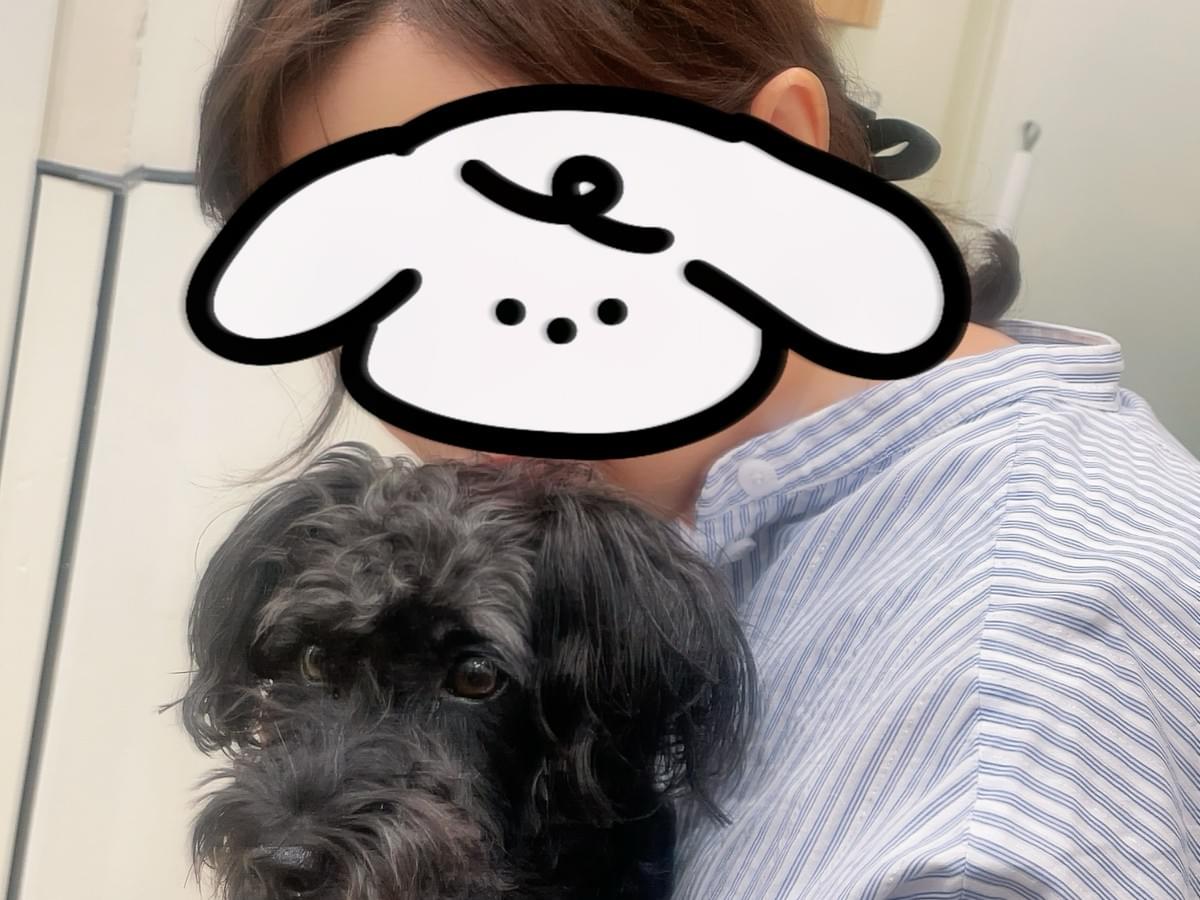



K DESIGN
- …



K DESIGN
- …

Opportunities
Creating a Sense of Agency
Key Questions
- Which specific behaviors during pet seizures can provide owners with psychological comfort?
- How can these behaviors be guided in a way that feels natural for the owner while providing meaningful agency?
- What form should the assistive tool take to ensure quick and easy use by the owner in the midst of stress?
Design Challenges
- Anxiety of Helplessness:
Pet owners often feel helpless during their pet’s seizure, which leads to anxiety and frustration.
- Irrational Responses:
Owners may engage in ineffective or potentially harmful actions
- Lack of Actionable Solutions:
There are currently few tools designed for owners to take meaningful action during these stressful moments.
Aims
Design actionable assistive tools for pet owners during pet seizures that allow them to feel involved in alleviating their pet’s suffering, thus reducing their anxiety and increasing their coping abilities.
Objectives
1Apply Behavioral Activation and Substitutive Control theories
to explore how owners can be guided to engage in beneficial actions that alleviate their anxiety.
2Study typical behaviors of owners during their pet’s seizure episodes
(such as touch the pet, walking around anxiously, etc.) to determine which actions provide psychological comfort.
3Analyze existing anxiety relief tools
(such as tactile toys, and touch-based interventions) to identify which concepts can be applied to the assistive tools.
4Develop and test prototypes
of actionable assistive tools and validate their effectiveness through user feedback.
Context
During a pet’s seizure, the owner’s emotional state and actions are often overlooked. However, studies show that the owner's anxiety can affect their caregiving behavior and may exacerbate the pet’s stress.
Not only are there no pet care products on the market with "pet protection" as the core, but also there is no focus on the psychological needs of owners. As an independent designer, it is difficult to make products that truly protect the dog's body in a medical sense in the short term.
This project aims to fill that gap, allowing owners to feel less helpless and more engaged in meaningful actions during their pet’s seizure, ultimately reducing their anxiety.
Audience
Pet owners with pets experiencing seizures
especially first-time owners dealing with pet seizures.
Research Methods

Literature Review
- Investigate seizure care guidelines for pets and analyze typical owner behaviors during such episodes.
- Study Behavioral Activation and Substitutive Control theories to understand how to guide owners’ actions in an anxiety-reducing manner.

User Surveys and Interviews
- Conduct interviews with owners of pets with seizures to understand their real responses and behaviors.
- Observe typical behaviors and identify key actions that can be guided or enhanced.

Case Studies
- Review existing anxiety relief products to identify which elements could be adapted for this context.

Concept Development and Prototyping
- Develop initial concepts for assistive tools, focusing on tactile interactions and behaviors like squeezing, wrapping, and touch.
- Conduct early-stage user testing to gather feedback and refine designs.
Key Contacts

MY MOM
&
MY DOG
Dog details
Address:
Harbin, China
Age:
5
Frequency of epilepsy:
Once every 1-2 months


It is a pet hospital under the PDSA charity that often treats pets with special diseases. It's a great source of feedback for me in the future.
Timeline
Research & Design Phases
101.2025-03.2025
Literature review, user surveys, and interviews
204.2025-06.2025
Concept design and early-stage prototype testing
307.2025-08.2025
Final design optimization and user feedback collection
Anticipated Project Outputs
「Report on Owner’s Anxiety Behaviors」
「Analysis of Behavioral Activation & Substitutive Control Applications」
「Assistive Tool Design Concepts 」
(including interaction patterns and material choices)
「Initial Product Prototypes 」
(possible tactile tools, wrap-around devices, etc.)
Material Test
For testing various materials’ tactile feedback.
Rapid Prototyping Equipment
For developing models of the product.
User Testing
To observe feedback from users in real-life situations.
Indicative Bibliography

Behavioral Psychology
- Ferster, C. B., & Skinner, B. F. (1957). Schedules of Reinforcement. Appleton-Century-Crofts.
- Martell, C. R., & Dimidjian, S. (2010). Behavioral Activation for Depression: A Clinician’s Guide. Guilford Press.

Pet Care
3. Podell, M. (1996). Seizures in Dogs and Cats. Veterinary Clinics of North America: Small Animal Practice.
4. Volk, H. A., & Matiasek, K. (2013). Epilepsy in Veterinary Neurology: Diagnosis and Treatment.
Design
5. Norman, D. A. (2013). The Design of Everyday Things. Basic Books.
6. Brown, T. (2009). Change by Design: How Design Thinking Creates New Alternatives for Business and Society. Harper Business.
© 2024-2025














